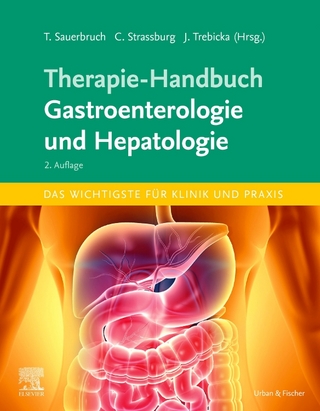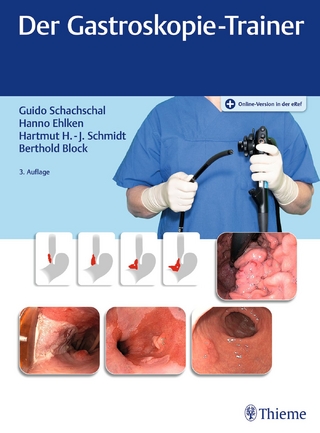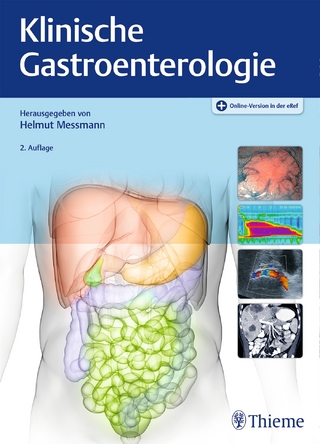
Candida albicans
Symptoms, Diagnosis and Treatment
Seiten
2019
Nova Science Publishers Inc (Verlag)
978-1-5361-5560-0 (ISBN)
Nova Science Publishers Inc (Verlag)
978-1-5361-5560-0 (ISBN)
Candida albicans is an opportunistic pathogenic yeast and it is a common member of the human gut flora. It does not proliferate outside the human body. It is detected in the gastrointestinal tract and mouth in 40-60% of healthy adults. It is usually a commensal organism but can become pathogenic in immunocompromised individuals under a variety of conditions. Yeast infection is caused by a specific strain of yeast known as Candida. Although a small amount of yeast is found in the body, yeast infection occurs when there is an overgrowth of Candida. Most yeast infections is caused by Candida albicans. Fungal that affects different areas of the body like skin, mouth, genitals, throat and blood. The yeast Candida albicans lives inside every one of us. Normally it presents no problems, but today's widespread use of broad-spectrum antibiotics, antacids, contraceptive pills, and steroids, as well as the all-too-common sugar-rich diet, can lead to a proliferation of this parasitic yeast within the body. Often overlooked by doctors, overgrowth of Candida has been linked to a wide variety of physical and mental problems such as: acne; heartburn; muscular pain; anxiety; irritable bowel syndrome (IBS); fibromyalgia; bloating and constipation; chronic fatigue; migraine; cystitis irritable bowel syndrome (IBS); allergies; menstrual problems; irritability Candida that causes the human infection candidiasis results from an overgrowth of the fungus is for example often observed in HIV-infected patients. C. albicans is the most common fungal species isolated from biofilms either formed on (permanent) implanted medical devices or on human tissue. C. albicans, C. tropicalis, C. parapsilosis, and C. glabrata are together responsible for 50 -- 90% of all cases of candidiasis in humans. A mortality rate of 40% has been reported for patients with systemic candidiasis due to C. albicans. Invasive candidiasis contracted in a hospital causes 2,800 to 11,200 deaths yearly in the U.S. C. albicans is commonly used as a model organism for biology. It is also known as sweet fungus and sugar inhibits its growth. It is generally referred to as a dimorphic fungus because it grows both as yeast and filamentous cells. However, it has several different morphological phenotypes. C. albicans was for a long time considered an obligate diploid organism without a haploid stage. This is, however, not the case. Next to a haploid stage C. albicans can also exist in a tetraploid stage. The latter is formed when diploid C. albicans cells mate when they are in the opaque form. Candida thrives well on sugar and needs an acidic environment to survive. Processed and refined foods high in gluten and sugar (including natural sugars) create an ideal home for Candida, so the most logical place to start battling the enemy is by restricting intake of alcohol, sweets, bread, vinegar and foods containing vinegar, peanuts and foods high in sugar - including sweet fruits such as bananas and dates. Include protein rich foods like avocados, chia seeds and wild-caught fish. Garlic and turmeric (also known as curcumin) is a natural anti-fungal that can kill Candida. The best potent and all-natural candida killer is coconut oil. It contains caprylic acid, which has anti-microbial properties that can kill yeasts and candida. Studies have shown that it is more effective in treating candidiasis than the prescription drug fluconazole. There are relatively few drugs that can successfully treat Candidiasis. Treatment commonly includes amphotericin B,echinocandin, or fluconazole for systemic infections. Nystatin for oral and esophageal infection and Clotrimazole for skin and genital yeast infections.
NMR Medical College, Hyderabad, India
For more information, please visit our website at:https://novapublishers.com/shop/candida-albicans-symptoms-diagnosis-and-treatment/
| Erscheinungsdatum | 12.07.2019 |
|---|---|
| Sprache | englisch |
| Gewicht | 226 g |
| Themenwelt | Medizinische Fachgebiete ► Innere Medizin ► Gastroenterologie |
| Studium ► Querschnittsbereiche ► Infektiologie / Immunologie | |
| ISBN-10 | 1-5361-5560-8 / 1536155608 |
| ISBN-13 | 978-1-5361-5560-0 / 9781536155600 |
| Zustand | Neuware |
| Haben Sie eine Frage zum Produkt? |
Mehr entdecken
aus dem Bereich
aus dem Bereich
Buch | Softcover (2024)
Urban & Fischer in Elsevier (Verlag)
59,00 €


